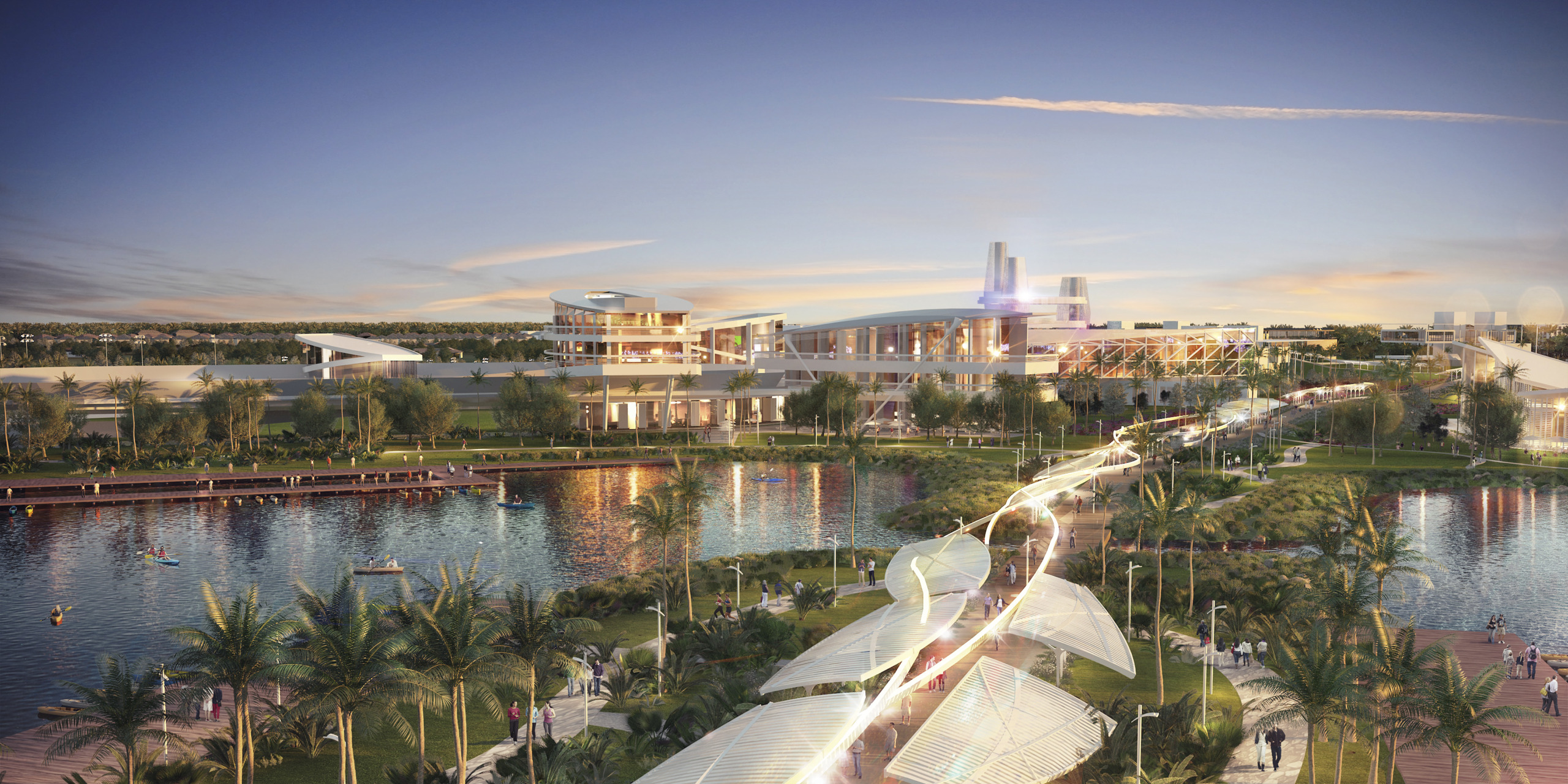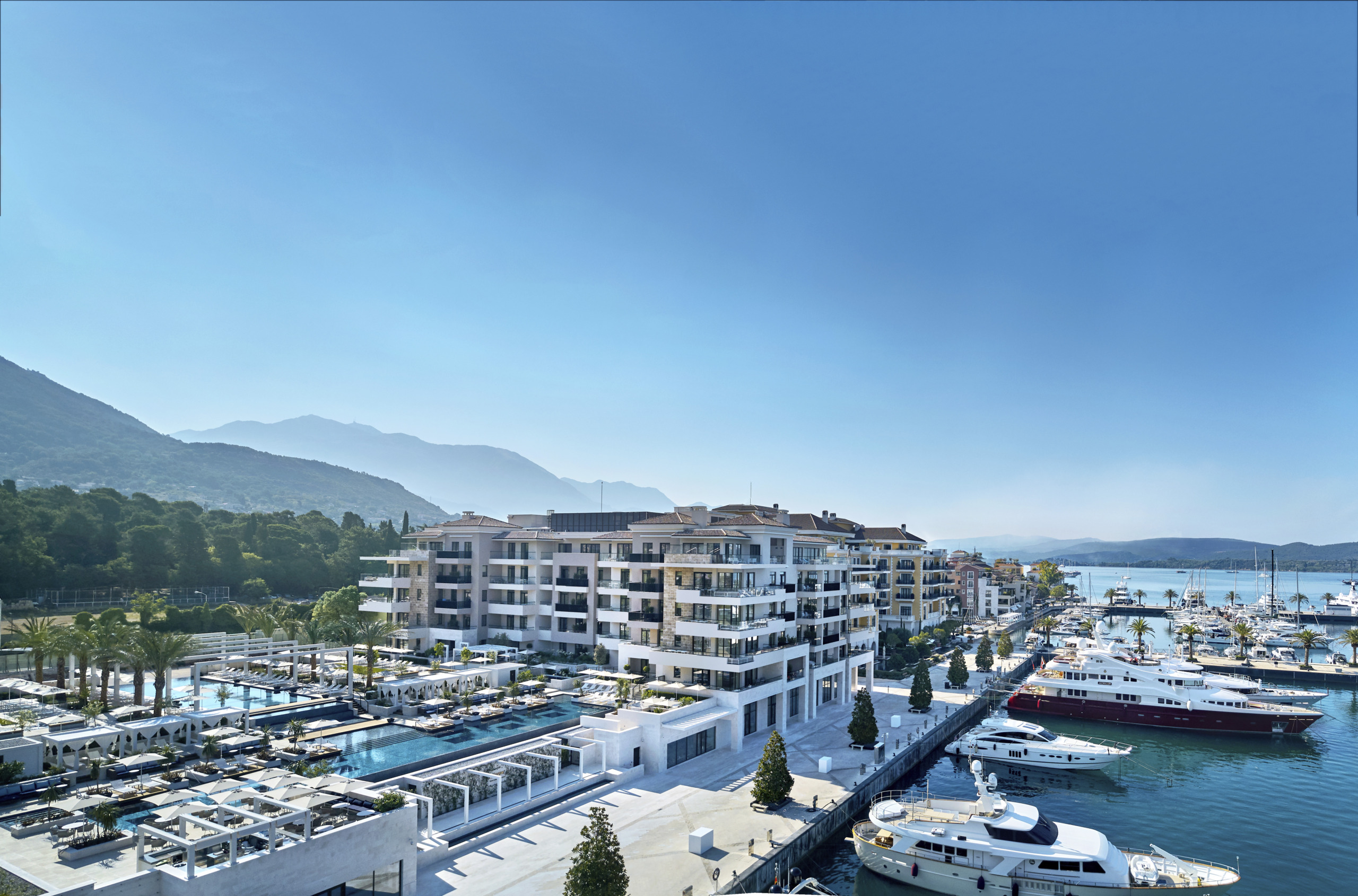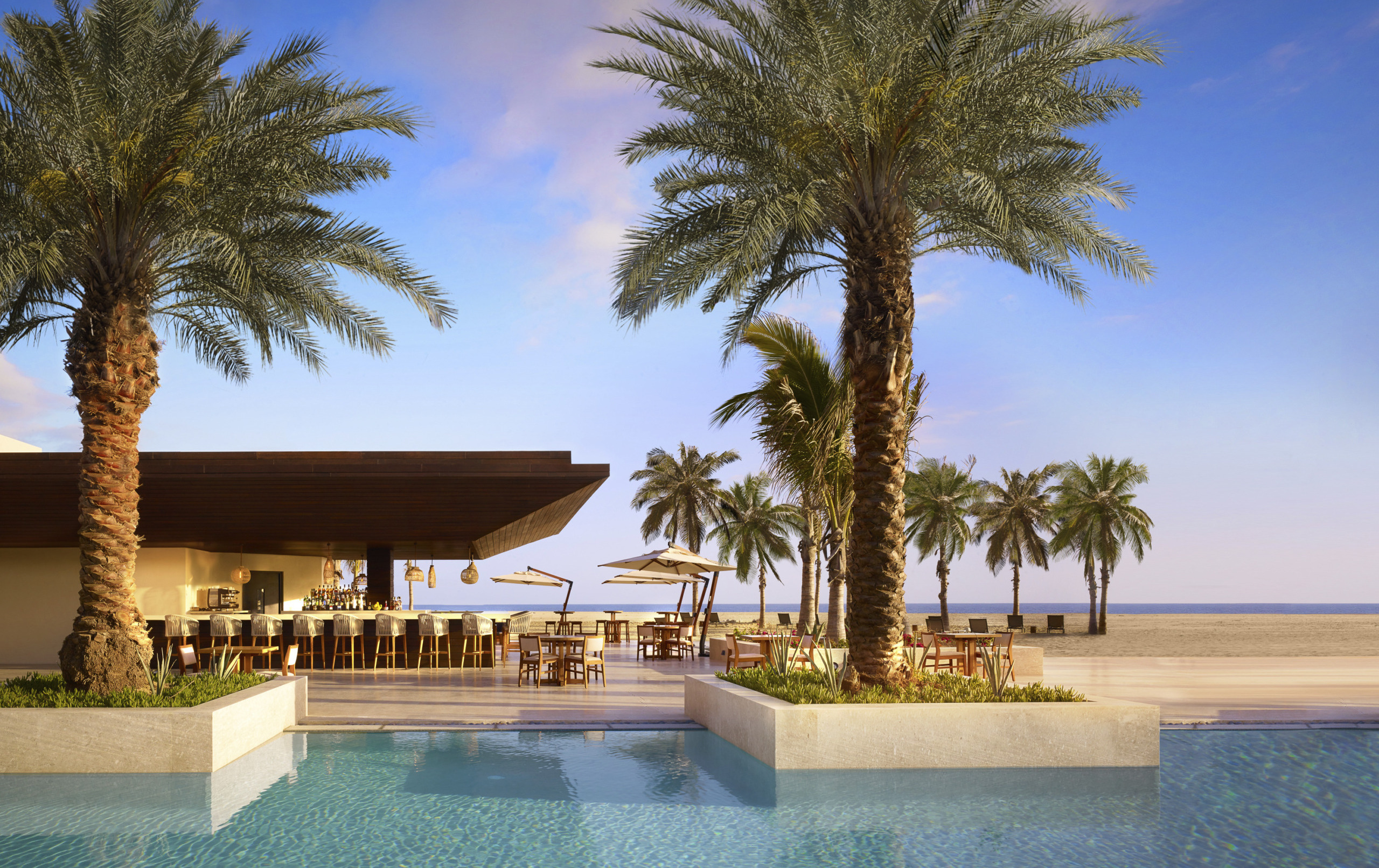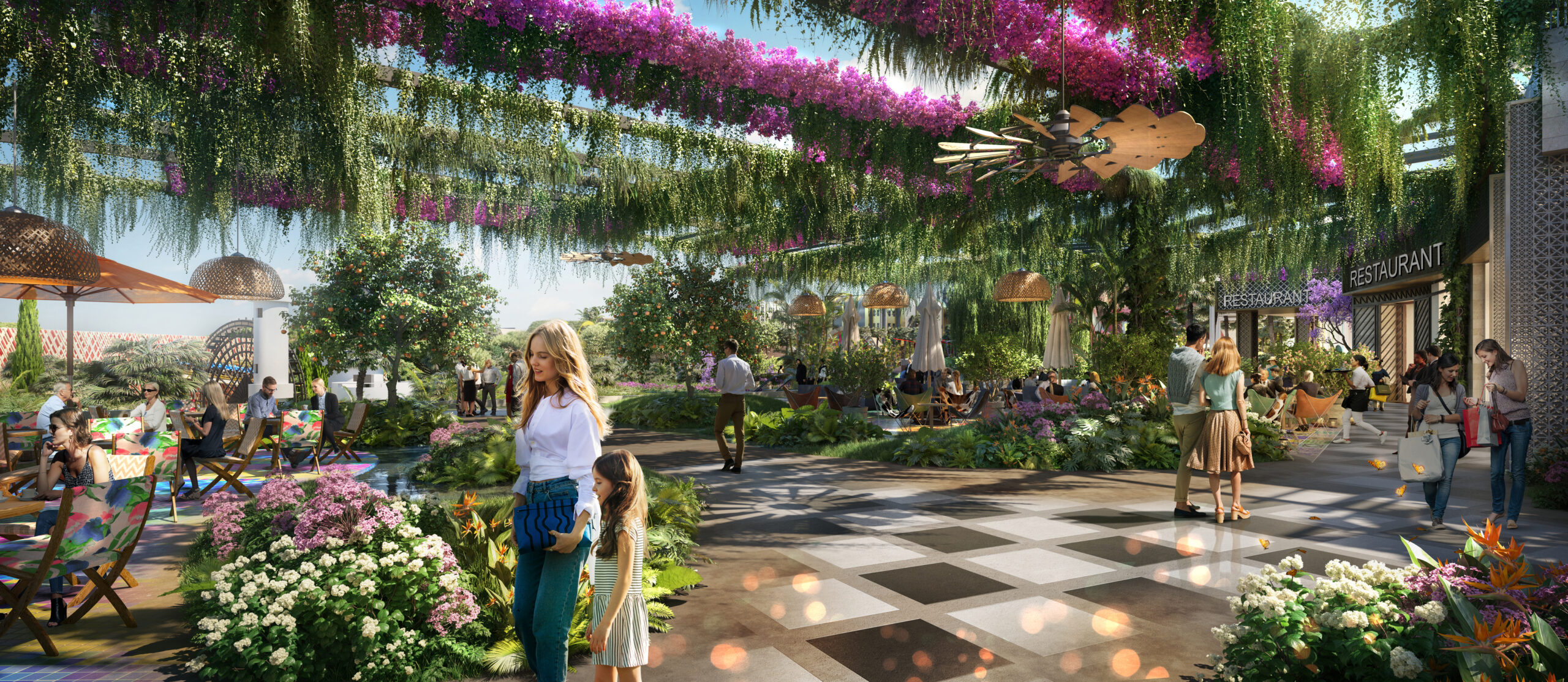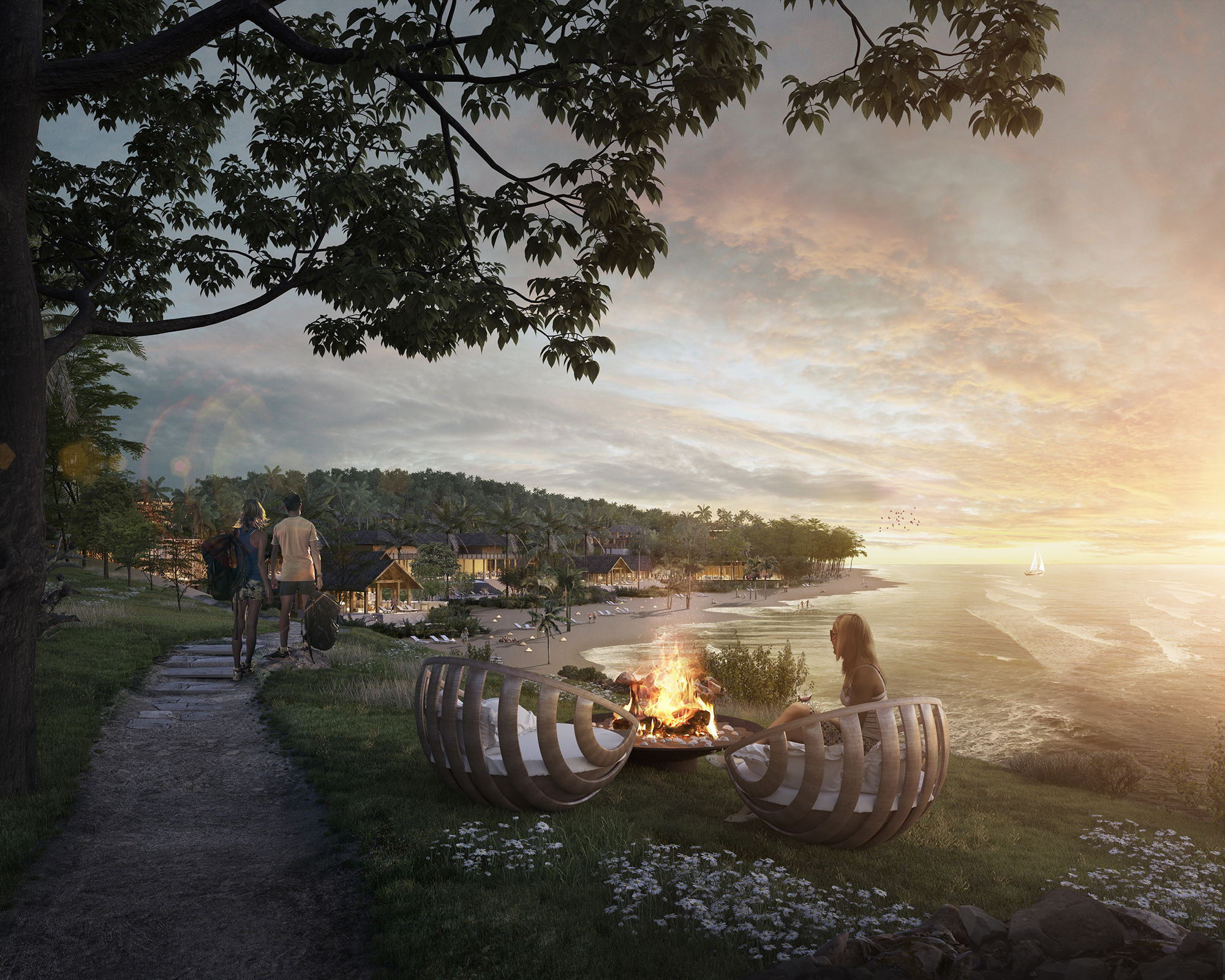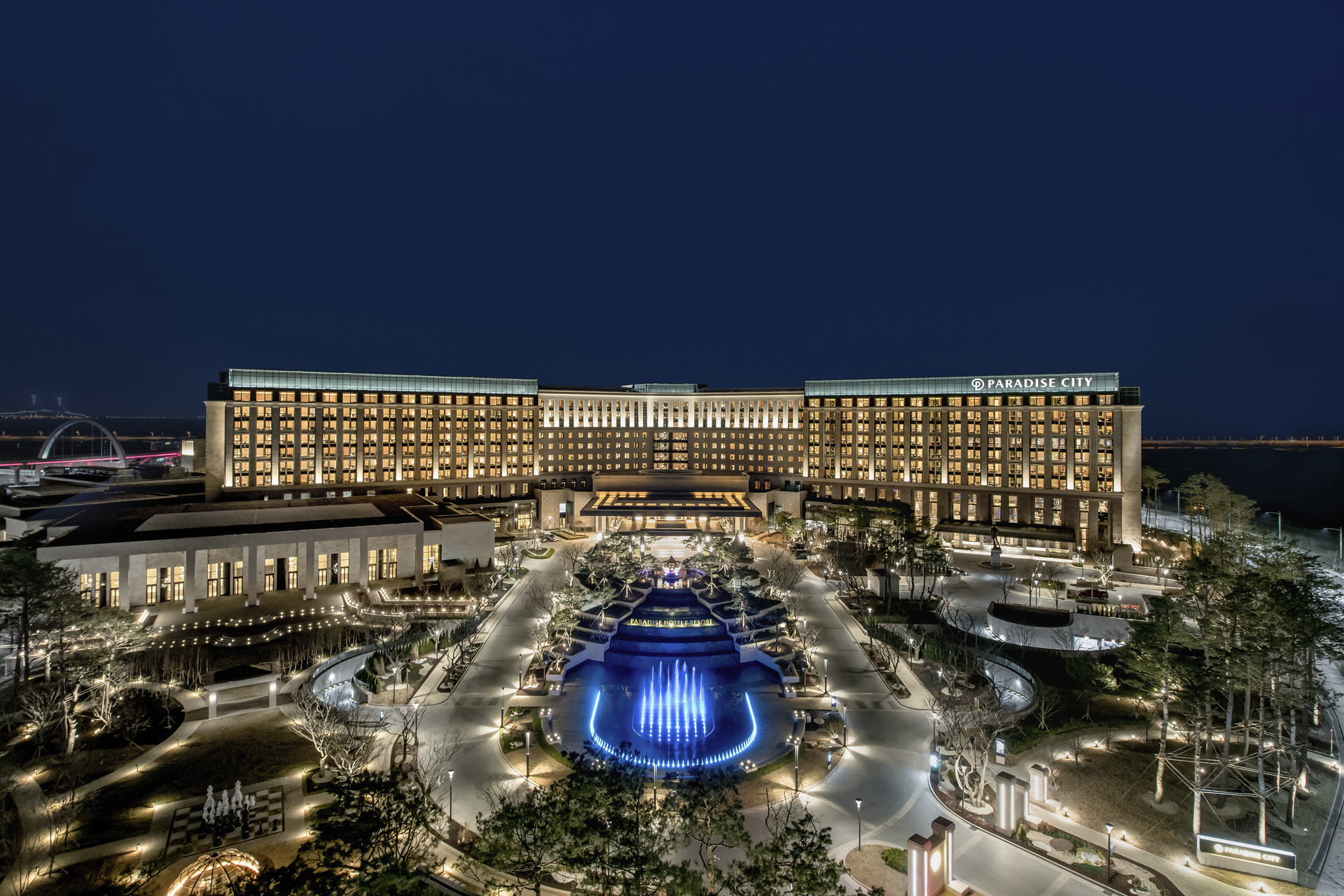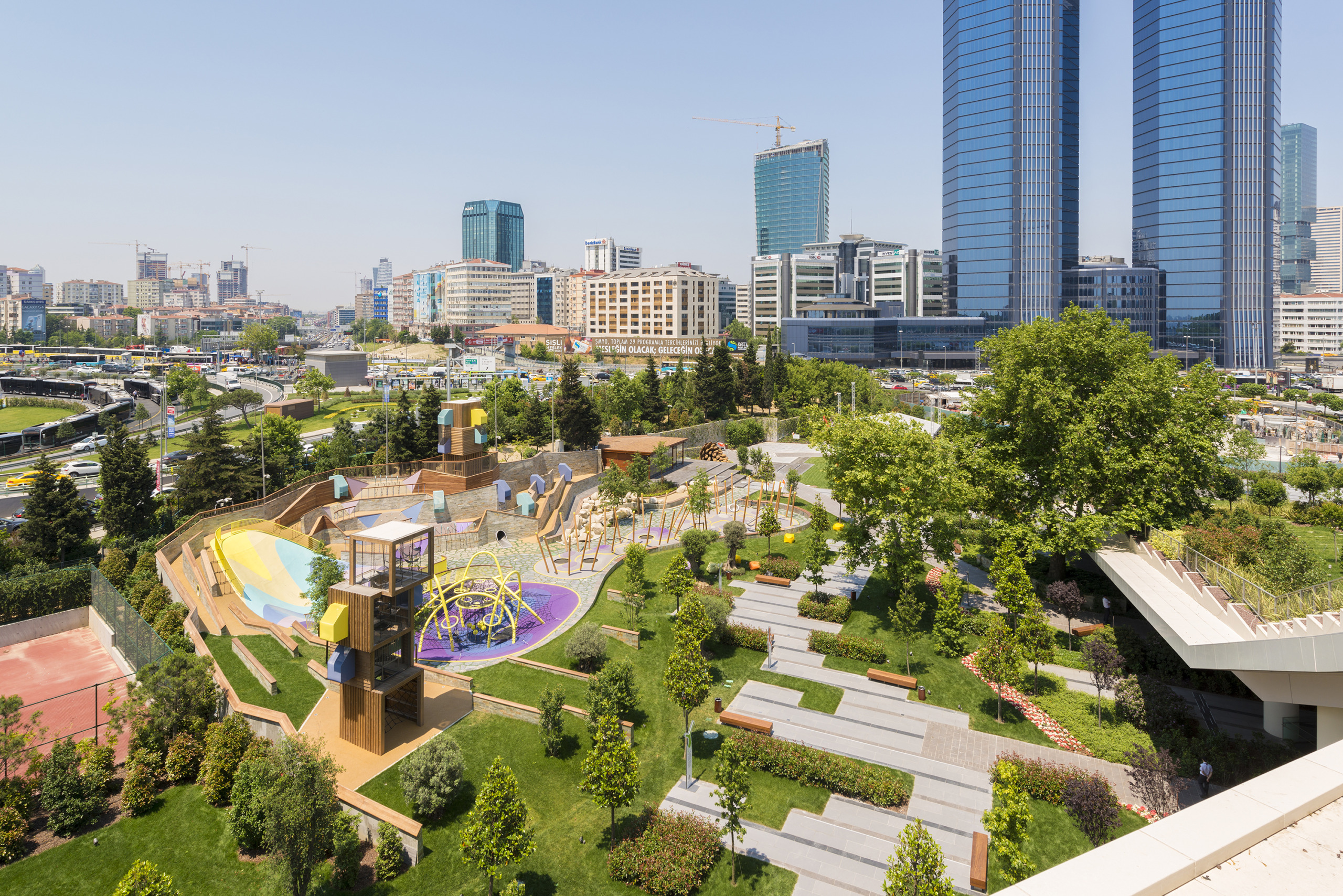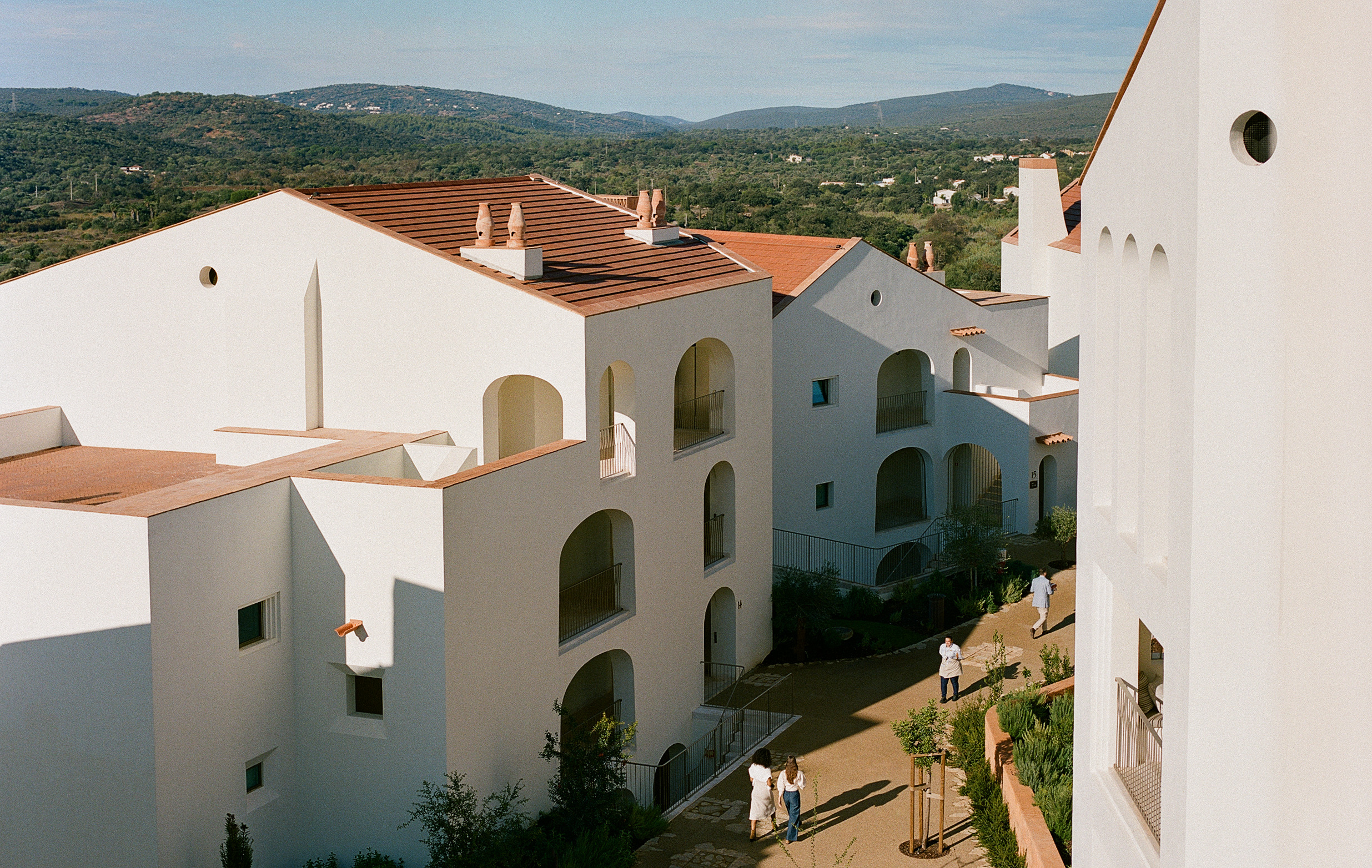Transforming Spaces into Places
By WATG
February 4, 2025
Placemaking has been implemented worldwide in various forms and with diverse objectives. While the approach may differ based on location, context, and goals, at its core, placemaking transforms spaces into quality places for people. By designing spaces with a clear purpose, we enhance everyday activities like living, learning, relaxing, or working, turning these interactions into enriching experiences that deepen our connection to our surroundings.
Placemaking is essential. Studies show that 89% of people are more likely to stay in a community they perceive as well-designed and engaging. According to research by the National Association of Realtors (US), neighborhoods with placemaking elements such as walkability, green spaces, and accessible community areas report higher levels of satisfaction and longer resident tenure. Moreover, communities with well-designed public spaces experience higher property values, with homes in pedestrian-friendly neighborhoods commanding a price premium of up to 30% compared to less inviting areas.
Placemaking is as much a science as it is an art, crafting environments that are meaningful, inclusive, and vibrant. It goes beyond mere spatial design to prioritize the social, cultural, and economic value of a place.
Placemaking is as much a science as it is an art, crafting environments that are meaningful, inclusive, and vibrant.
The Key Components
At WATG, we view placemaking through the lens of Destination Creation, where creating attractive and engaging public spaces is integral to building a successful destination. For us, successful placemaking relies on four key components:
+ User Group: Identifying user groups is fundamental to creating spaces that cater to specific needs. Understanding the demographics of an area and the diverse needs of its communities helps design inclusive spaces that foster social interaction and community engagement.
+ Branding: A strong and distinctive identity sets a place apart. Effective branding conveys a place’s values, culture, and experiences, shaping perceptions and enhancing appeal. Consistent branding builds recognition and loyalty, driving long-term growth and success.
+ Operations: Efficient operations ensure positive experiences. From transportation systems and accommodations to attractions and services, well-managed infrastructure and resources are crucial for sustainable tourism and development.
+ Design (Guiding Principles): Design shapes the physical environment and contributes to creating a welcoming atmosphere. Well-designed public spaces, landmarks, and cultural attractions enhance the appeal and create memorable experiences.
At WATG, we view placemaking through the lens of Destination Creation.
guiding design principles
Placemaking holds the promise of revitalizing urban areas, redistributing tourism, and reshaping the dynamics of a place to create energetic and soulful destinations. Intentional placemaking is not only for community well-being but also its direct relationship with the financial success of a destination.
While there is no set design template for placemaking, there are some guiding design principles, which underpins WATG’s placemaking work:
Designing Contextually
Designing Contextually
A destination must be grounded in its site. Successful placemaking begins with understanding and respecting the context, integrating a place’s history, identity, environment, and community into the design process.
Connectivity is closely intertwined with context, as they both influence the functionality, vitality, and identity of a place. Connectivity defines the ease of movement and access within and between different parts of the urban fabric. Hence understanding spatial relationships and arrangement of streets, and responding to public spaces, buildings, and landmarks are all key to good connectivity.
Defining and zoning districts that align with the broader environment while addressing social, cultural, and environmental factors is crucial. Robust public transport systems, pedestrian-friendly pathways, sustainable green infrastructure like greenways and bikeways, visual connections to key landmarks, such as iconic buildings, city skylines, or waterfronts are all components to consider that strengthens the identity and accessibility of a place to ensure it is both functional and inspiring.
Prioritizing Wellbeing of People & Planet
Prioritizing Wellbeing of People & Planet
Today, more than ever, developments must be designed to be resilient, equitable, and sustainable. As urbanization accelerates, it’s crucial to create spaces that are adaptable, inclusive, and responsible in addressing both human and ecological needs.
Strategies prioritizing the community wellbeing include enhancing walkability and pedestrian-friendliness, promoting safety and comfort. Infrastructure, such as shaded pathways, sidewalks, and accessibility to public transit need to be integrated within the plan. Pedestrian priority zones with limited vehicle access, amenities like signage, wayfinding, and public restrooms are also to be considered.
Ensuring safety is vital, as is enhancing comfort. These can be achieved through lighting, traffic calming measures, broad sidewalks, accessible features for all ages and abilities, provision of shaded seating, water features, and climate-appropriate landscaping.
The most critical strategy to consider in today’s context is climate responsiveness. Measures to address energy efficiency, mitigation of temperatures, and conservation of water are essential for the benefit of generations who will come to experience the destination.
When these strategies are holistically considered, the long-term success of communities is reinforced.
Maximizing the Distinctiveness of a Place
Maximizing the Distinctiveness of a Place
Key elements like architecture, landscape, placemaking design elements, programming, and functions contribute to forging a robust identity, all of which should respond to the target user profile that forms part of the community. Distinctiveness can also be further built upon through layering experiential cultural offerings, diverse amenities, and curated programs. A mix of activities, from leisure to business, social to physical, helps shape the identity and livability of spaces. Furthermore, diverse and adaptable spaces that evolve over time, through modularity and flexibility, ensure long term sustainability without compromising on the identity and character of a place.
Distinctiveness plays a critical role in memory-making, as places with strong, unique identities create connections with those who experience, engage, and reside within them. This process is further supported by the concept of “place attachment,” where both residents and visitors develop emotional bonds with their surroundings.
In essence, distinctiveness cultivates a deeper connection between people and places, translating the everyday into meaningful encounters that continuously shape personal and collective memories.
Distinctiveness cultivates a deeper connection between people and place, translating the everyday into meaningful encounters that continuously shape personal and collective memories.
Designing Memorable Experiences
Designing Memorable Experiences
All in all, the guest journey and user experience are key to the success of a place. This is when all the various components of branding, operations, good design, and target user groups, come together.
Soft programming, providing a range of activities, having a diverse mix of uses, and creating flexible spaces ensuring sustainability and long-term use, are all vital for a great user experience. By embracing diversity and adaptability in placemaking, the value of space offered keeps evolving based on needs and aspirations of the people who inhabit them, now and in the future.
True success lies in taking the user along a journey, a result of quality storytelling that resonates with the users creating a long-term legacy of the place.
Placemaking is a continuous process, one which may start at the hands of the designers or developers but is eventually adapted and carried on by the end users.
Placemaking as a Process
Placemaking as a Process
The process of placemaking is rigorous, tactical, and collaborative. It grounds itself in the unique context of a place, to elevate it into a vibrant future where stakeholders thrive. Anchored by a clear vision, it involves community engagement, partnerships, and branding to ensure authenticity and inclusivity.
From inspired landscaping and captivating public art to seamless operations and strategic management, every detail contributes to a place’s success to deliver long term value. Placemaking is a continuous process, one which may start at the hands of the designers or developers but is eventually adapted and carried on by the end users.
Latest Insights
Perspectives, trends, news.

- Strategy & Research
Spiritual Travel: Designing to Connect Mind, Body, and Soul

- Strategy & Research
Spiritual Travel: Designing to Connect Mind, Body, and Soul
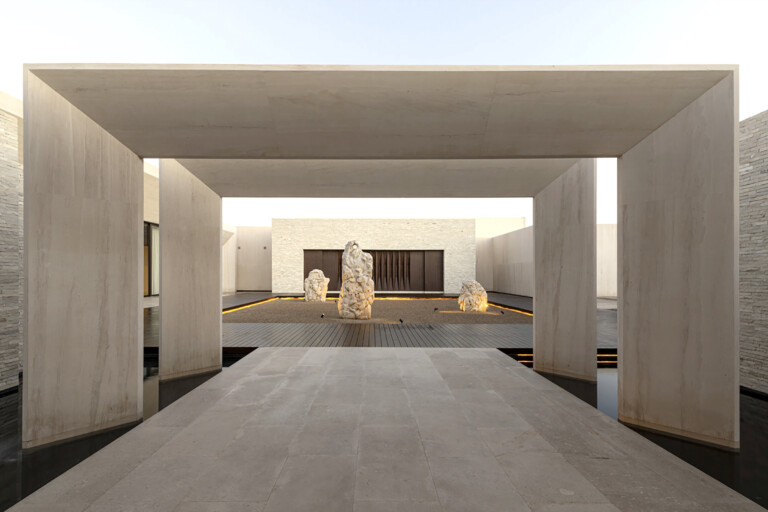
- Case Study
The Design Journey of Nobu Hotel and Residences Los Cabos
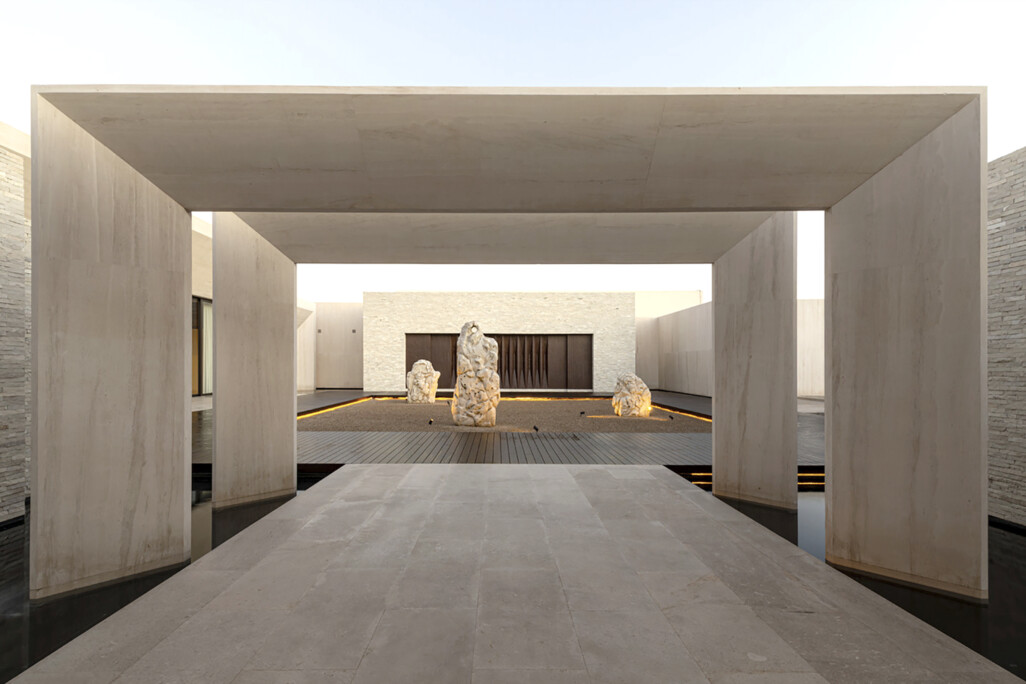
- Case Study
The Design Journey of Nobu Hotel and Residences Los Cabos
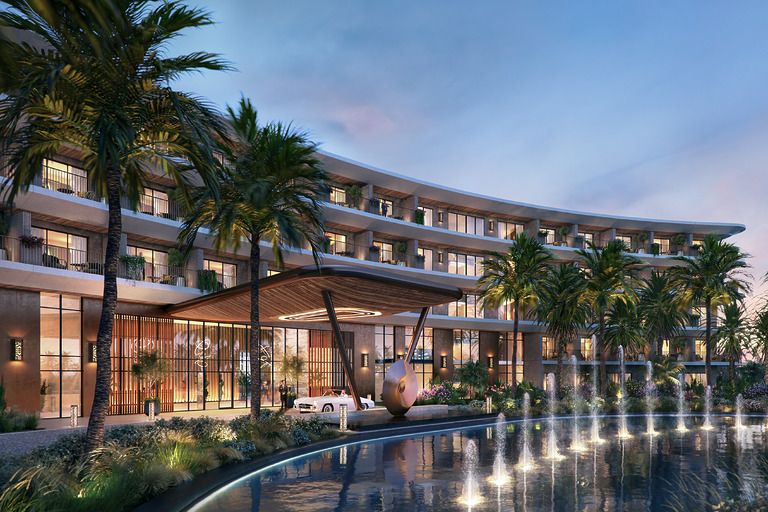
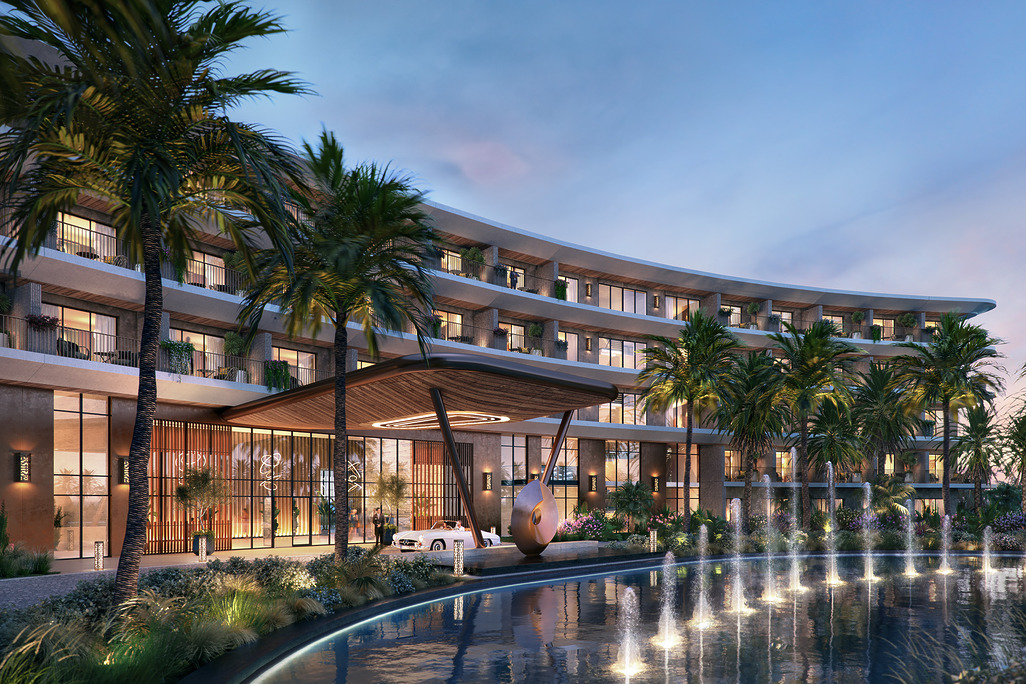
- News
Helping shape Egypt’s future
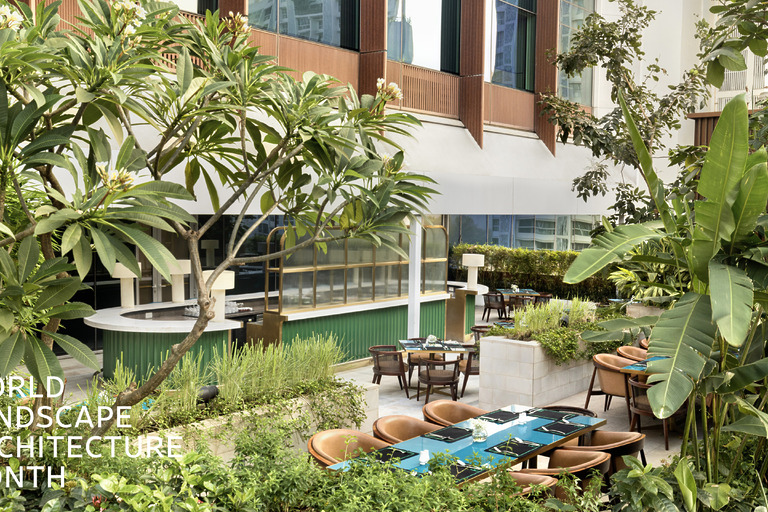
- Employee Feature
Beyond Boundaries: Celebrating World Landscape Architecture Month 2025
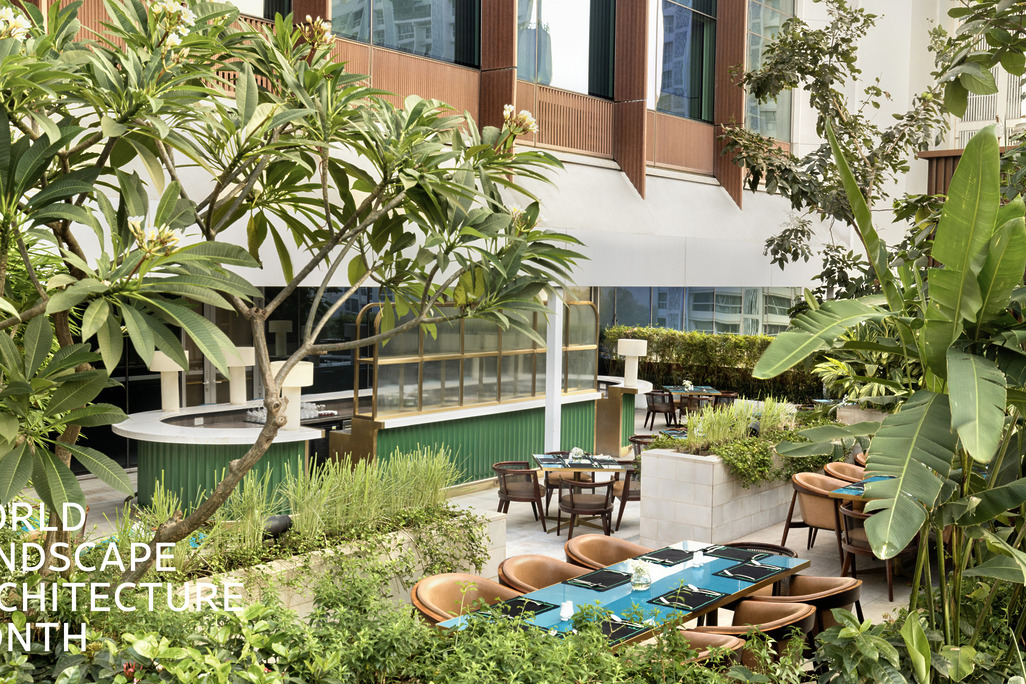
- Employee Feature
